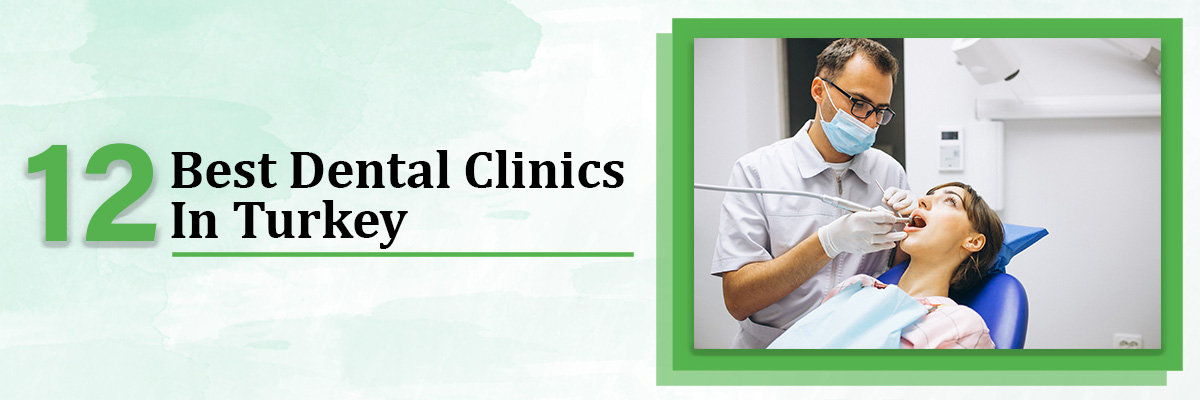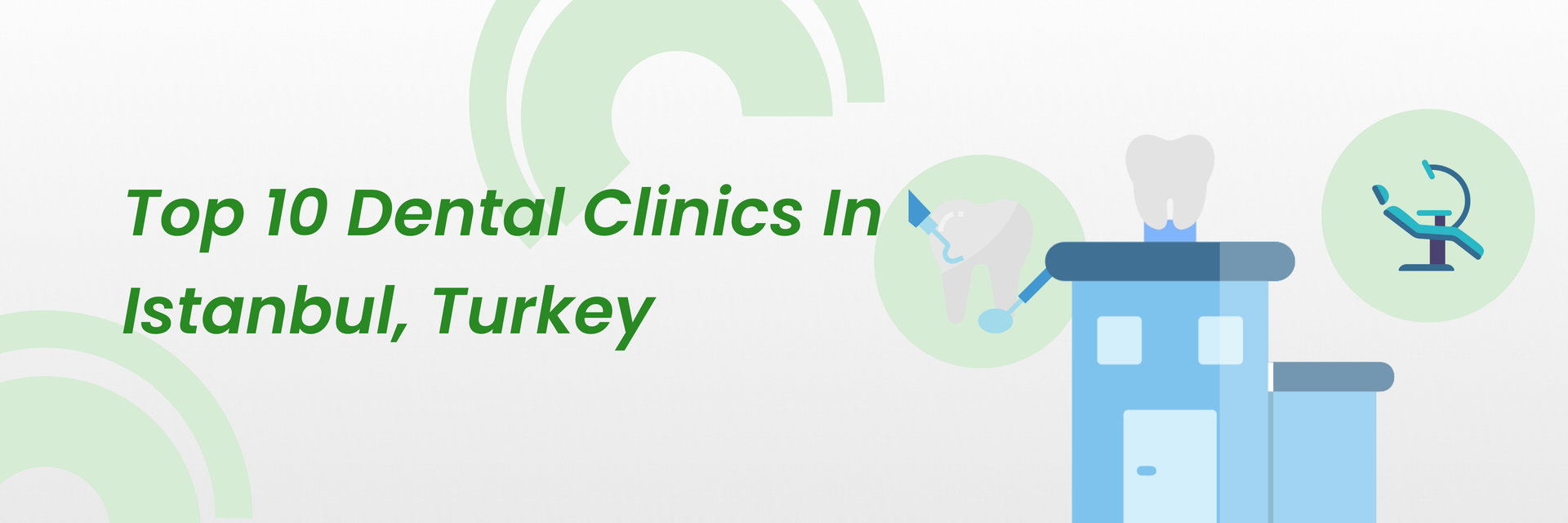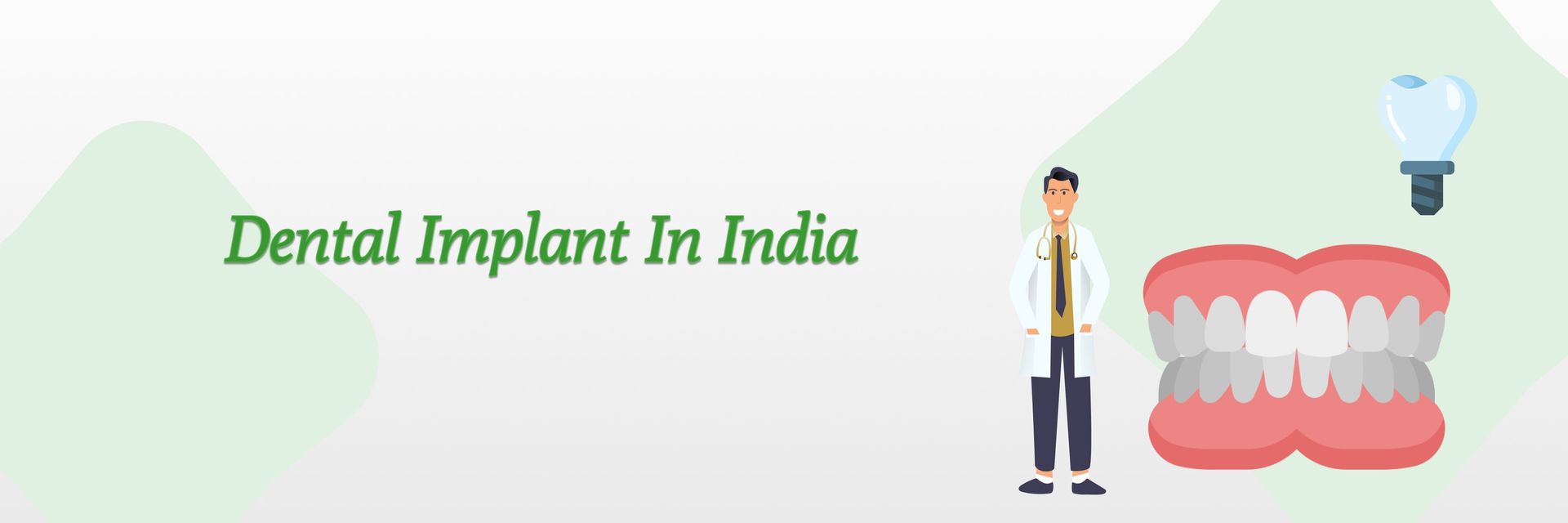Millions of people suffer the pain and disability caused by periodontal diseases. These dental issues affect other organs in the body and have been linked with various debilitating health conditions that limit daily lives.
Maintaining good oral hygiene is paramount to periodontal health, including twice-daily brushing and daily flossing using an interdental brush or narrow pick for areas with limited space.
Gum disease is a severe infection that compromises gum tissue and destroys tooth roots and bone. Its symptoms include swollen and sensitive gums, bleeding when brushing or flossing, persistent bad breath, loose teeth and persistent bad breath - not to mention increasing your risk of other health conditions like heart disease and diabetes.
Gingivitis can be reversed through good oral hygiene practices and professional teeth cleanings; however, periodontitis must be managed and not cured completely.
Periodontics encompasses an extensive selection of cosmetic dental procedures designed to repair damage done by gum disease. Gum restoration helps alleviate tooth sensitivity and conceal exposed root surfaces, while gum contouring (gum reshaping) corrects uneven gum lines by extracting excess gum tissues while shaping them symmetrically over your teeth - creating an aesthetically pleasing ratio between tooth-to-gum ratio and appearance.
2. Sedation Dentistry
Fear of dental procedures prevents many people from visiting a dentist regularly, leading to more complex dental issues that are difficult to address. Sedation dentistry makes it simpler for everyone to get the care needed to restore both their smile and health.
Minimal sedation employs medications to help patients relax more, but they remain responsive and aware. Common forms of this sedation include inhaling laughing gas combined with oxygen through a mask; patients can quickly return to normal activities upon experiencing minimal sedation.
Moderate sedation uses pills from the Halcion family of drugs which produces Valium to create a drowsy state for patients, commonly referred to as conscious sedation. Patients will still respond to touch and verbal commands; however, they may not recall many details from their procedure.
Deep sedation uses medications to lower levels of consciousness, making the patient almost unconscious. It may be used for complex and extensive tasks or emergencies where it cannot easily be aroused.
3. Porcelain Bridges
Porcelain bridges are an increasingly popular dental restoration that are used to fill in gaps left by missing teeth, both cosmetically and health-wise. By keeping other teeth from shifting into these empty spaces and potentially creating further issues in the future, they restore both aesthetic appeal and oral wellbeing simultaneously.
Beginning the process for porcelain bridge treatment involves first assessing your smile to ascertain whether you qualify. After that is complete, we will take an impression of your smile in order to create a customized mold and produce your porcelain bridge. Anchor teeth on either side of the gap must then be reshaped in order to fit over them with crowns that will complete this treatment option.
Reposition your existing teeth so the pontic (replacement tooth) fits comfortably. After your bridge has been created and securely installed, you'll enjoy full functionality of your smile again!
4. Dental Implants
Dental implants provide an alternative way of providing the look and feel of having natural teeth when one or more are missing. Anchored to your jawbone below your gums, dental implants won't shift or slide around like conventional dentures do, giving them the appearance of being secure in place.
Implants are permanent solutions, unlike other tooth replacement options. You should brush and floss around it regularly, as well as visit your dentist or dental practitioner regularly to ensure it remains healthy and grows correctly.
Your oral surgeon will use a surgical procedure to implant an endosteal implant into the site of your missing tooth. These titanium cylinders or blades will be secured into place through screwing into your jawbone. If your jawbone doesn't provide sufficient support, your oral surgeon can perform a bone graft procedure to build up that area and create a strong base for an artificial tooth.







